The paleocontact hypothesis, also called the ancient astronaut hypothesis, is a concept originally proposed by Mathest M. Agrest, Henri Lhote and others at a serious academic level and often put forward in pseudoscientific and pseudohistorical literature since the 1960s that advanced aliens have played an influential role in past human affairs.
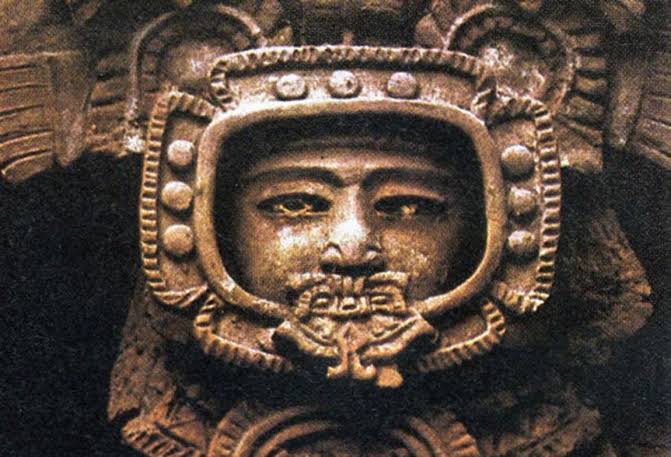
His most outspoken and commercially successful defender was the writer Erich von Däniken. Although the idea is not unreasonable in principle (see the Guardian hypothesis and alien artifacts), there is not enough substantial evidence to confirm it. Nevertheless when examining specific statements in detail, it is usually possible to find other, more exotic explanations. In this case, we are talking about the Dogon tribe and their remarkable knowledge about the star Sirius.
Matest M. Agrest (1915-2005)
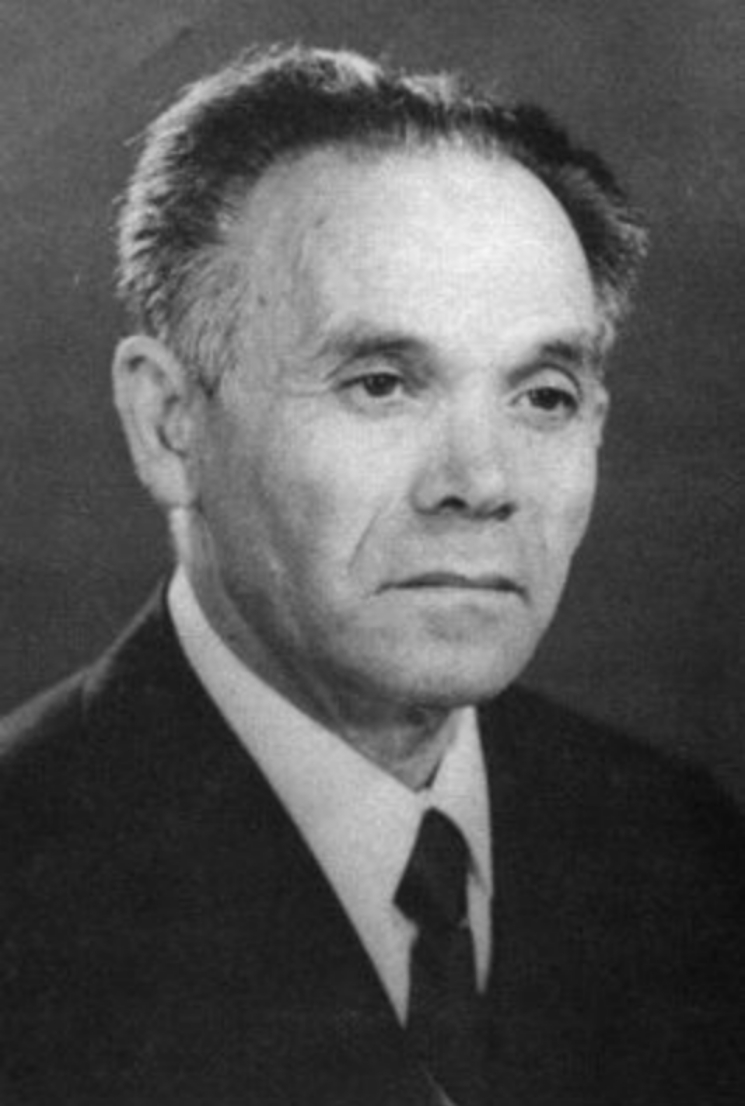
Mathest Mendelevich Agrest was an ethnologist and mathematician of Russian origin, who in 1959 suggested that some monuments of past cultures on Earth arose as a result of contact with an extraterrestrial race. His writings, together with those of several other scientists, such as the French archaeologist Henri Lhote, provided a platform for the paleocontact hypothesis, which was later popularized and sensationally published in the books of Erich von Däniken and his imitators.
Born in Mogilev, Belarus, Agrest graduated from Leningrad University in 1938 and received his Ph.D. in 1946. He became the head of the university laboratory in 1970. He retired in 1992 and emigrated to the United States. Agrest amazed his colleagues in 1959 with his claim that the giant terrace at Baalbek in Lebanon was used as a launch pad for spacecraft and that the destruction of the biblical Sodom and Gomorrah (twin cities in ancient Palestine on the Jordan plain) was caused by a nuclear explosion. His son, Mikhail Agrest, defended equally unconventional views.
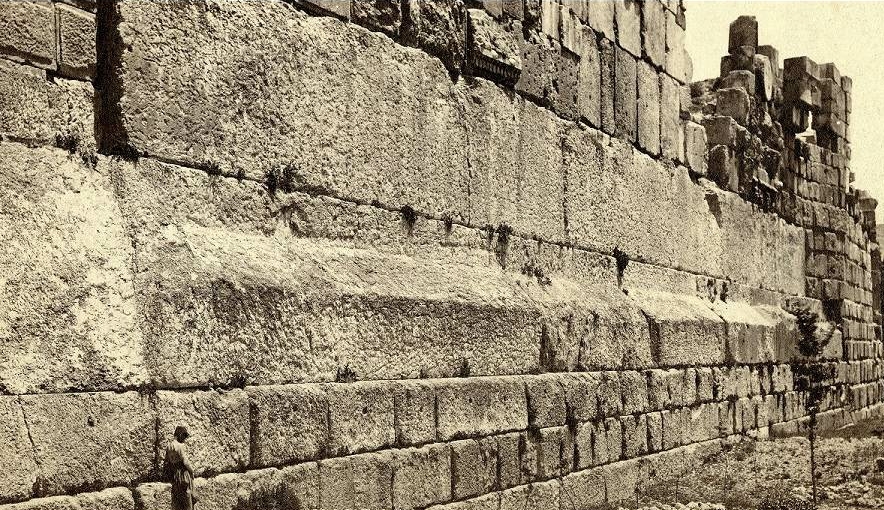
Mikhail Agrest was a lecturer in the Department of Physics and Astronomy at the College of Charleston, South Carolina, and the son of Matesta Agrest. Following the tradition of his father to seek explanations for some unusual terrestrial events from the point of view of extraterrestrial intelligence, he interpreted the Tunguska phenomenon as an explosion of an alien spaceship. This idea was supported by Felix Siegel from the Moscow Aviation Institute, who suggested that the object made controlled maneuvers before falling.
Erich von Däniken (1935–)
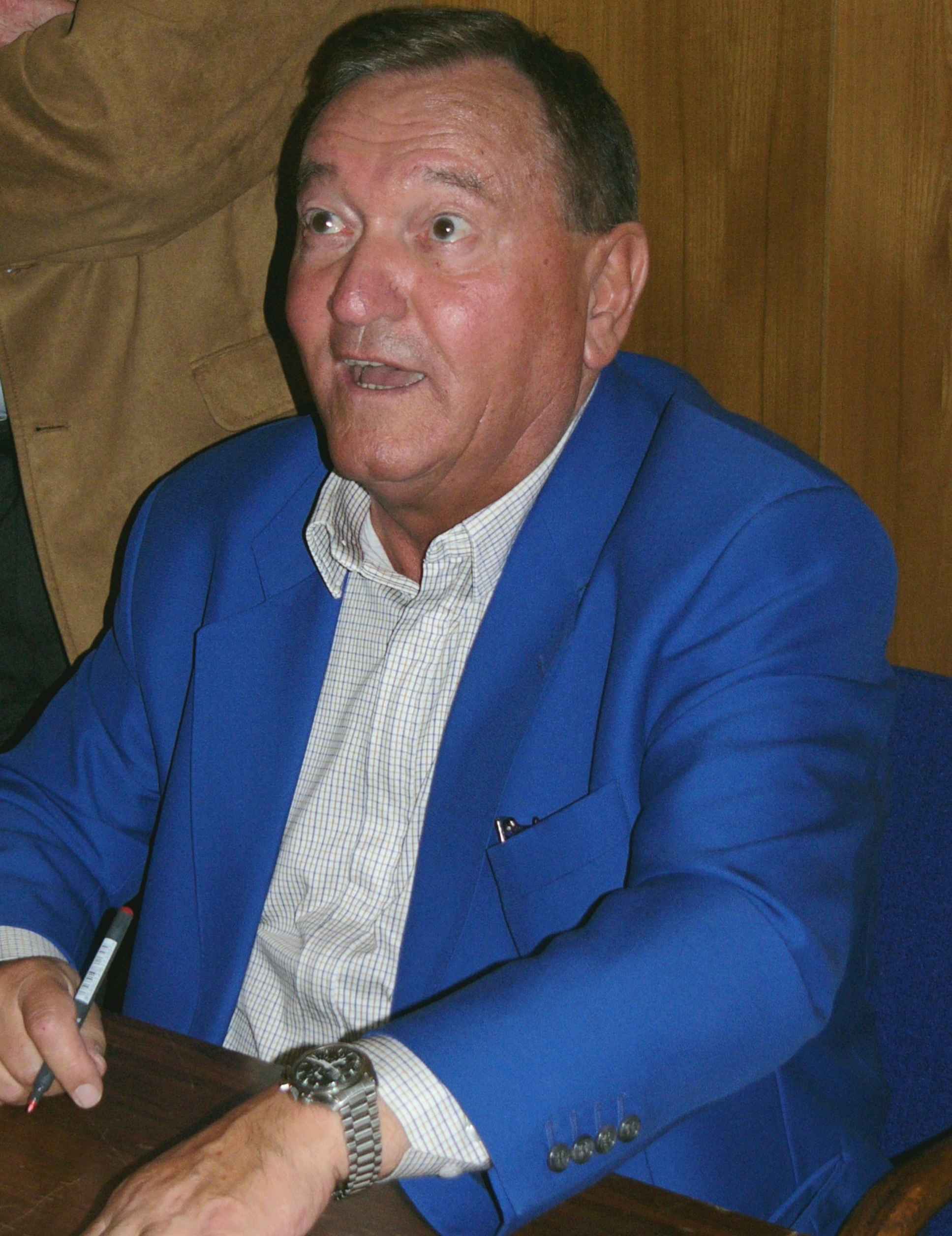
Erich von Däniken is a Swiss author of several bestsellers, starting with “Erinnerungen an die Zukunft” (1968, translated in 1969 as “Chariots of the Gods?”), which promote the hypothesis of paleocontact. To mainstream scientists, while the basic thesis about past alien visits is not implausible, the evidence he and others have gathered to support their case is in suspect and undisciplined. Nevertheless, von Däniken’s works have sold millions of copies and testify to the sincere desire of many enthusiastic people to believe in intelligent life beyond the Earth.
Just as Adamski’s popular, as well as supposedly non-fictional books, answered the needs of millions of people to believe in an extraterrestrial hypothesis at a time when nuclear war seemed inevitable (see the “Cold War” related to UFO reports), so von Däniken, more than a decade later, was able to temporarily fill the spiritual vacuum with their stories about ancient astronauts and godlike wisdom visitors coming from the stars.
Henri Lhote (1903-1991)
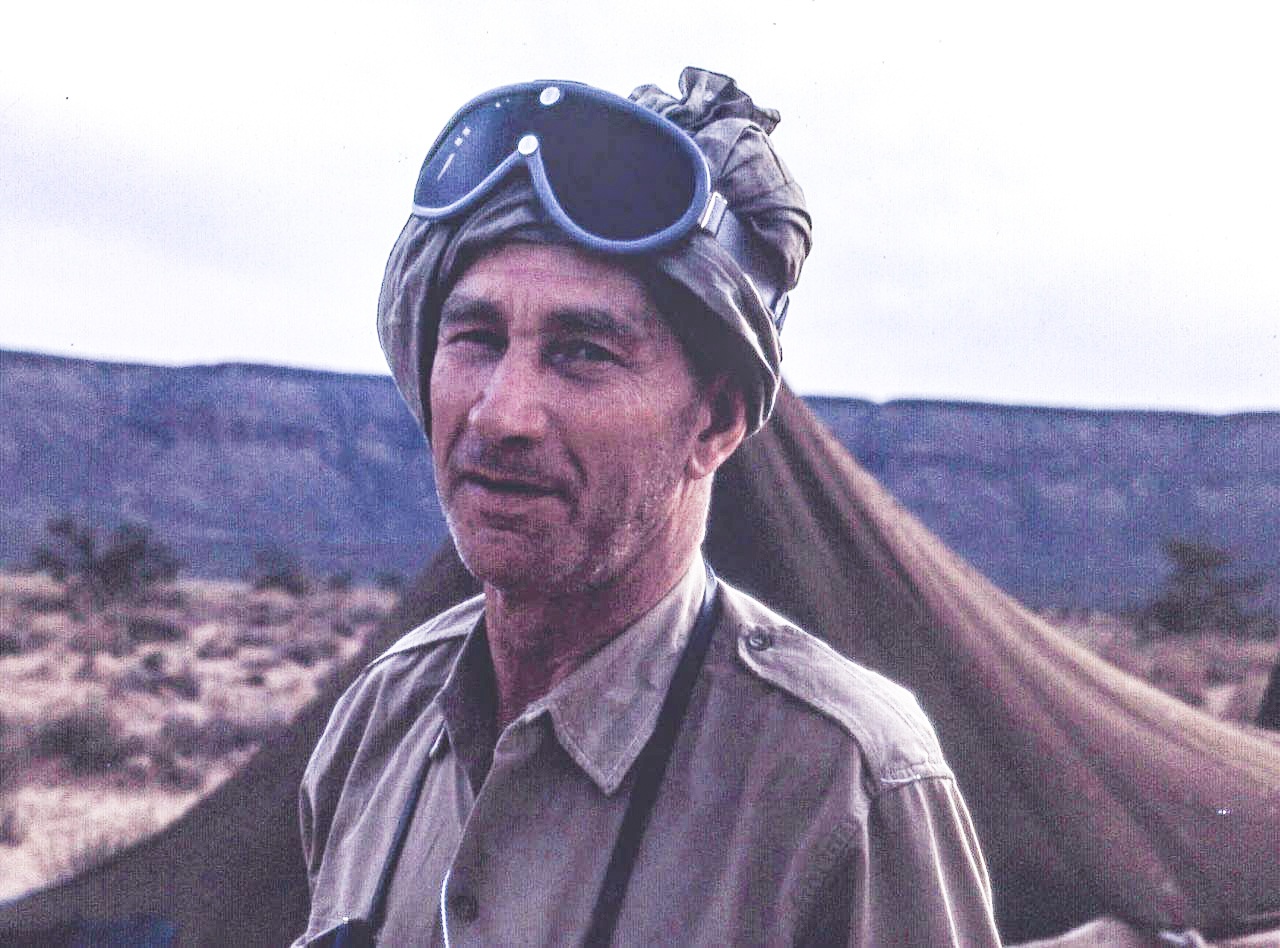
Henri Lhote was a French ethnologist and researcher who discovered important rock carvings at Tassili-n-Ajera in central Sahara and wrote about them in Search of Tassili frescoes, first published in France in 1958. The curious figure reproduced in this book was named Lot Jabbaren, “the great Martian god.”
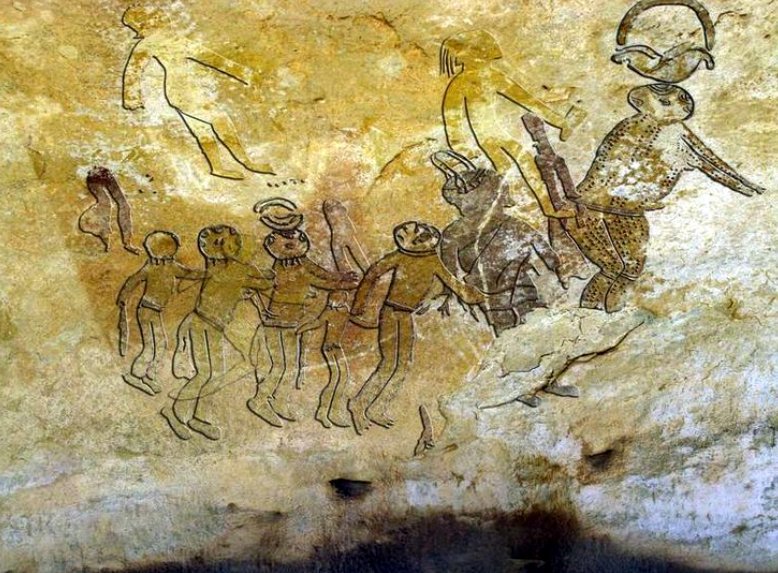
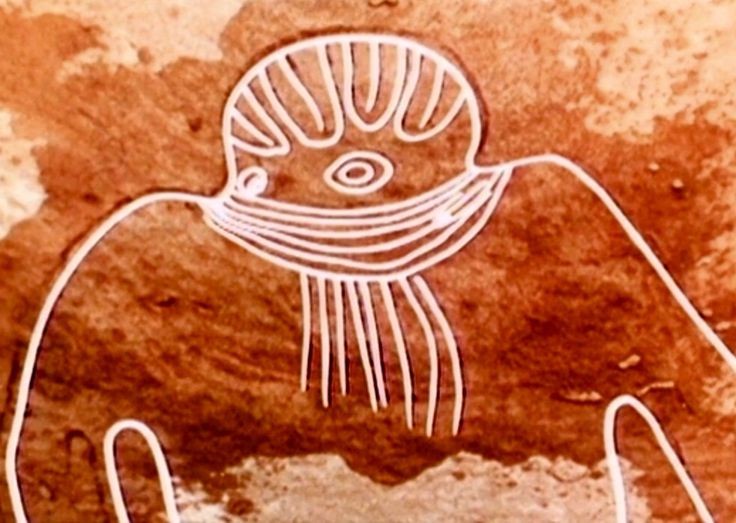
Although it turned out that this photograph and other images of strange appearance actually depict ordinary people in ritual masks and costumes, the popular press wrote a lot about this early hypothesis of paleocontact, and later it was borrowed by Erich von Däniken as part of his sensational statements about “ancient astronauts”.




